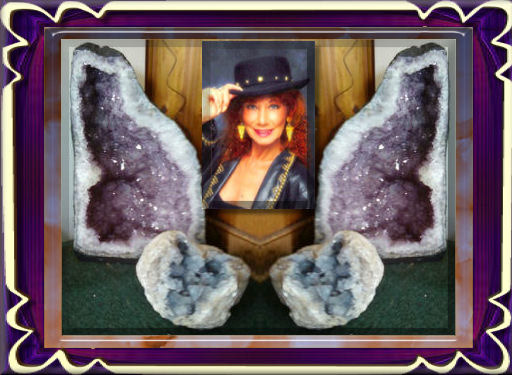Turquoise is the one of the official birth stones for the month of December as adopted by the American National Association of Jewelers in 1912, and the Planetary stone for Aquarius, Taurus and Sagittarius.
Turquoise was brought to Europe from the Eastern Mediterranean by Levantine traders, more commonly known as Turks, thus its name. It has been used as a valuable ornament for ages, and was used by the Egyptians thousands of years ago. The color is, of course, turquoise, but varies from green and greenish blue to sky blue shades. Other minerals like chrysocolla have been used to imitate turquoise. Turquoise is often dyed and stabilized with resins to produce a harder stone which retains its color and polish. Reconstituted turquoise is made from small chips and chalk to which dyes and plastic resin is added.
For centuries, the most valuable turquoise came from Iran (Persia), but today some specimens mined in the southwestern United States compete with it. The Aztecs mined turquoise in New Mexico, and significant amounts come from Arizona, California and Nevada. The name "Persian Turquoise" is now generally used to refer to any turquoise stone that does not have the black or brown veining commonly found in turquoise mined in the US and used in a style of jewelry created by the American Indians.
Metaphysical:
Aids in communication, self expression and creativity
Chakra: Throat
Mohs-scale hardness: 5 - 6
Aids in communication, self expression and creativity
Chakra: Throat
Mohs-scale hardness: 5 - 6
